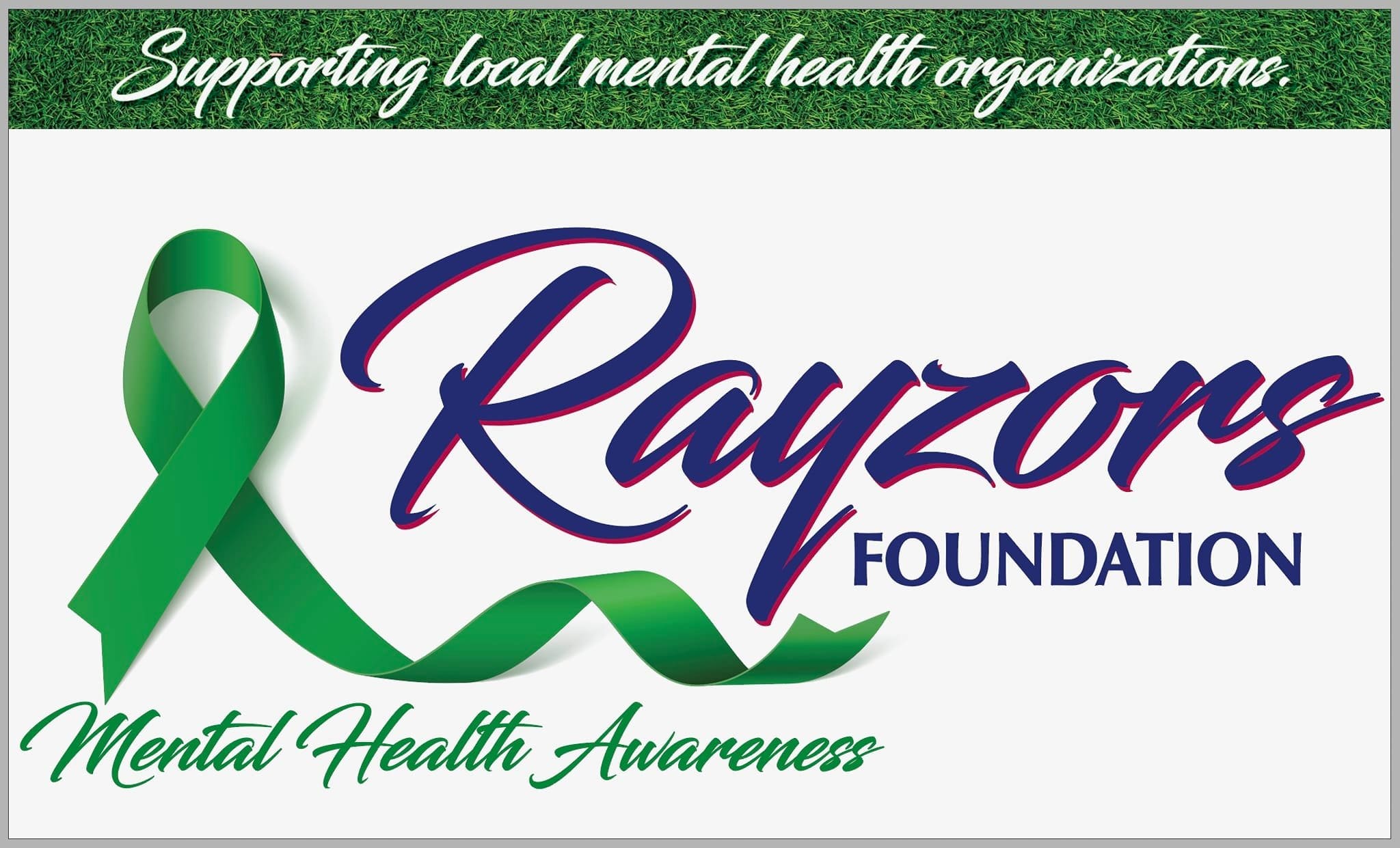 Suicide is not a mental illness in itself, but a serious potential consequence of treatable mental disorders that include major depression, bipolar disorder, post-traumatic stress disorder, borderline personality disorder, schizophrenia, substance use disorders, and anxiety disorders like bulimia and anorexia nervosa.
Suicide is not a mental illness in itself, but a serious potential consequence of treatable mental disorders that include major depression, bipolar disorder, post-traumatic stress disorder, borderline personality disorder, schizophrenia, substance use disorders, and anxiety disorders like bulimia and anorexia nervosa.
These statistics are startling!
DID YOU KNOW:
- Nearly 30,000 Americans commit suicide every year.
- In the U.S., suicide rates are highest during the spring.
- Suicide is the 3rd leading cause of death for 15 to 24-year-olds and 2nd for 24 to 35-year-olds.
- On average, 1 person commits suicide every 16.2 minutes.
- Each suicide intimately affects at least 6 other people.
- About 2/3 of people who complete suicide are depressed at the time of their deaths. Depression that is untreated, undiagnosed, or ineffectively treated is the number 1 cause of suicide.
- There is 1 suicide for every 25 attempted suicides.
- Males make up 79% of all suicides, while women are more prone to having suicidal thoughts.
- 1 in 65,000 children ages 10 to 14 commit suicide each year.
- There are 2 times as many deaths due to suicide than HIV/AIDS.
- Over 50% of all suicides are completed with a firearm.
SUICIDE WARNING SIGNS:
Any of the following could be potential warning signs for suicide:
- Excessive sadness or moodiness: Long-lasting sadness, mood swings, and unexpected rage.
- Hopelessness: Feeling a deep sense of hopelessness about the future, with little expectation that circumstances can improve.
- Sleep problems.
- Sudden calmness: Suddenly becoming calm after a period of depression or moodiness can be a sign that the person has made a decision to end his or her life.
- Withdrawal: Choosing to be alone and avoiding friends or social activities also are possible symptoms of depression, a leading cause of suicide. This includes the loss of interest or pleasure in activities the person previously enjoyed.
- Changes in personality and/or appearance: A person who is considering suicide might exhibit a change in attitude or behavior, such as speaking or moving with unusual speed or slowness. In addition, the person might suddenly become less concerned about his or her personal appearance.
- Dangerous or self-harmful behavior: Potentially dangerous behavior, such as reckless driving, engaging in unsafe sex, and increased use of drugs and/or alcohol might indicate that the person no longer values his or her life.
- Recent trauma or life crisis: A major life crises might trigger a suicide attempt. Crises include the death of a loved one or pet, divorce or break-up of a relationship, diagnosis of a major illness, loss of a job, or serious financial problems.
- Making preparations: Often, a person considering suicide will begin to put his or her personal business in order. This might include visiting friends and family members, giving away personal possessions, making a will, and cleaning up his or her room or home. Some people will write a note before committing suicide. Some will buy a firearm or other means like poison.
- Threatening suicide: From 50% to 75% of those considering suicide will give someone — a friend or relative — a warning sign. However, not everyone who is considering suicide will say so, and not everyone who threatens suicide will follow through with it. Every threat of suicide should be taken seriously.
CAN SUICIDE BE PREVENTED – SUICIDE PREVENTION IS POSSIBLE
Suicide can’t be prevented with certainty, but risks can often be reduced with timely intervention. Research suggests that the best way to prevent suicide is to know the risk factors, be alert to the signs of depression and other mental disorders, recognize the warning signs for suicide, and intervene before the person can complete the process of self-destruction.
WHAT SHOULD I DO IF I THINK SOMEONE IS SUICIDAL?
People who receive support from caring friends and family and who have access to mental health services are less likely to act on their suicidal impulses than are those who are socially isolated. If someone you know is exhibiting warning signs for suicide:
- Don’t be afraid to ask if he or she is depressed or thinking about suicide.
- Ask if he or she is seeing a therapist or taking medication.
- Rather than trying to talk the person out of suicide, let him or her know that depression is temporary and treatable.
- In some cases, the person just needs to know that someone cares and is looking for the chance to talk about his or her feelings. You can then encourage the person to seek professional help.
To obtain help for a friend or family member, visit BryLin Behavioral Health System at or call Crisis Services (716-834-3131 in Erie County) or the National Suicide Prevention Lifeline at 1-800-273-8255.
*Source: webmd.com


